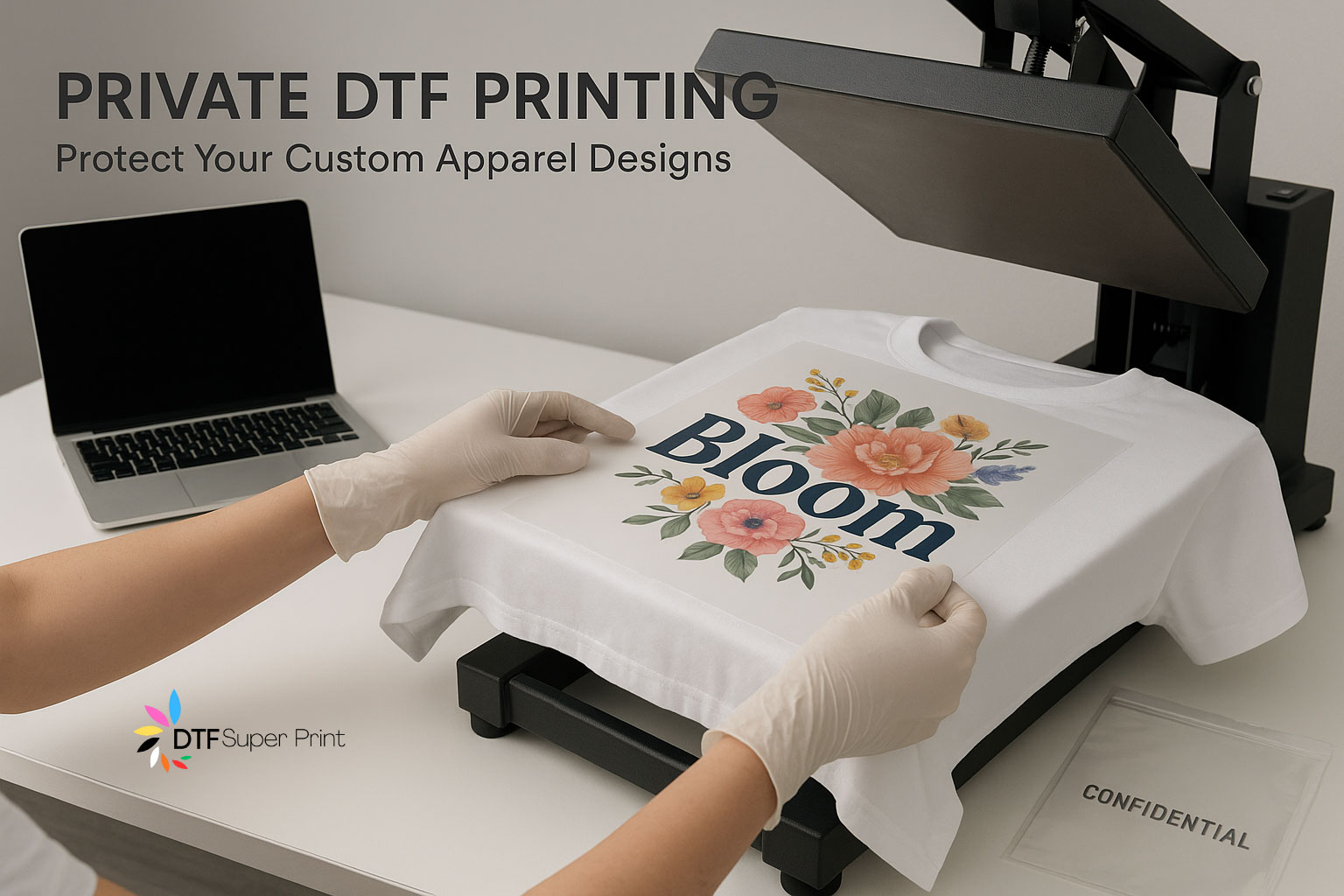In the fast-growing world of personalized apparel, Direct-to-Film (DTF) printing is quickly rising as a top choice for creators and entrepreneurs. But while many embrace the versatility and affordability of DTF transfers, privacy in production is becoming a bigger concern—especially for brands, influencers, and designers creating exclusive products or sensitive designs. Whether you’re producing unique fashion pieces, NDA-bound corporate gear, or confidential promotional merchandise, having your DTF print transfer process done privately is crucial.
In this comprehensive guide, we’ll walk you through the strategies, tools, suppliers, and techniques to keep your DTF print transfer process discreet, secure, and fully under your control.
What is DTF Print Transfer?
DTF (Direct-to-Film) printing is a process where designs are printed onto a special PET film using pigment-based inks and then transferred to fabric using a heat press. It supports a wide range of textiles including cotton, polyester, blends, and more—without the need for garment pre-treatment.
Why Privacy Matters in DTF Transfers
Whether you’re a clothing brand developing a new product line or a business printing confidential merchandise, privacy ensures:
- Protection of Intellectual Property (IP)
- Reduced risk of design theft or leaks
- Maintained exclusivity for product launches
- Confidentiality for personalized client orders
Option 1: Set Up a Private DTF Printing Station
One of the most secure ways to ensure complete privacy is by setting up your own DTF printing system at home or in-house.
What You’ll Need:
- DTF Printer – Choose a reliable printer such as L1800, XP600, or commercial-grade options.
- PET Films – High-quality transfer film designed for DTF.
- DTF Inks – Specialized pigment inks for accurate, vibrant results.
- Adhesive Powder – Helps bond the design to the garment.
- Curing Oven or Heat Gun – Used to cure the adhesive powder.
- Heat Press Machine – Transfers the design to your fabric.
Benefits of In-House DTF Printing:
- Full control over your designs and production.
- No third-party handling of proprietary artwork.
- Cost-effective in the long run.
Option 2: Partner with a Trusted, NDA-Compliant Supplier
If you prefer not to invest in equipment, the next best solution is to work with a supplier that prioritizes confidentiality.
What to Look for in a Private DTF Supplier:
- Non-Disclosure Agreements (NDAs) – Protects your artwork and customer data.
- White-Label Services – Ensures that your prints are unbranded.
- Secure Upload Portals – Avoids leaks through insecure file sharing.
- Positive Reviews from Brands – Look for suppliers trusted by industry professionals.
Recommended Supplier Features:
- Offers custom gang sheets.
- Allows anonymous shipping.
- Provides encrypted file submissions.
Option 3: Use Encrypted File Sharing for Artwork
If you’re sending your designs to a print provider, always protect your files.
Tools for Secure Sharing:
- WeTransfer Pro (Password-Protected)
- Dropbox or Google Drive with Limited Access Settings
- Proton Drive (End-to-End Encrypted)
Best Practices:
- Never send editable files unless required.
- Watermark previews when possible.
- Use zipped files with passwords for extra protection.
Option 4: Print-On-Demand with Private Branding
Some DTF providers offer print-on-demand services that include private branding and anonymous drop shipping.
Features to Look For:
- No mention of supplier branding
- Custom packaging available
- Blind shipping directly to your customers
This model is ideal for Etsy sellers, influencers, and niche apparel brands that want the benefits of DTF without revealing their source.
Option 5: Work Locally with NDA Agreements
Hiring a local print shop for DTF work can also be a secure solution if you:
- Provide clear NDAs
- Establish trust through previous work
- Have tight control over the environment
Make sure your files and film sheets are marked confidential.
Additional Tips for DTF Privacy
- Use watermark overlays until the final version is approved.
- Keep digital files organized with secure backups.
- Track and label transfer films to prevent mix-ups.
- Request proofs before bulk orders.
- Limit team access to sensitive files.
Protecting Your Brand’s Visual Identity
Your brand identity is one of your most valuable assets. Maintaining control over how your logos, designs, and slogans are printed is key to building trust and consistency.
DTF Transfer Services That Prioritize Privacy
Here are a few print providers known for privacy-focused DTF services:
- DTFSuperPrint.com – Offers encrypted uploads, no minimum orders, and private-label options.
- Supacolor (DTF Services) – Enterprise-level printing with secure portals.
- Local print shops with NDAs – Ideal for ultra-sensitive or legal apparel orders.
Final Thoughts: Privacy is Power in the DTF Era
As DTF printing continues to dominate the custom apparel industry, privacy has become more than a luxury—it’s a necessity. Whether you’re launching a confidential clothing line, developing private-label merchandise, or simply protecting original designs, choosing the right approach ensures your creative assets are safe.
By setting up your own system, partnering with NDA-compliant providers, using secure file sharing, and taking smart precautions, you can unlock the benefits of DTF printing without compromising your brand’s integrity.
Ready to keep your DTF projects secure and private? 👉 Start by securing your designs, vetting your suppliers, and exploring white-label DTF services.

